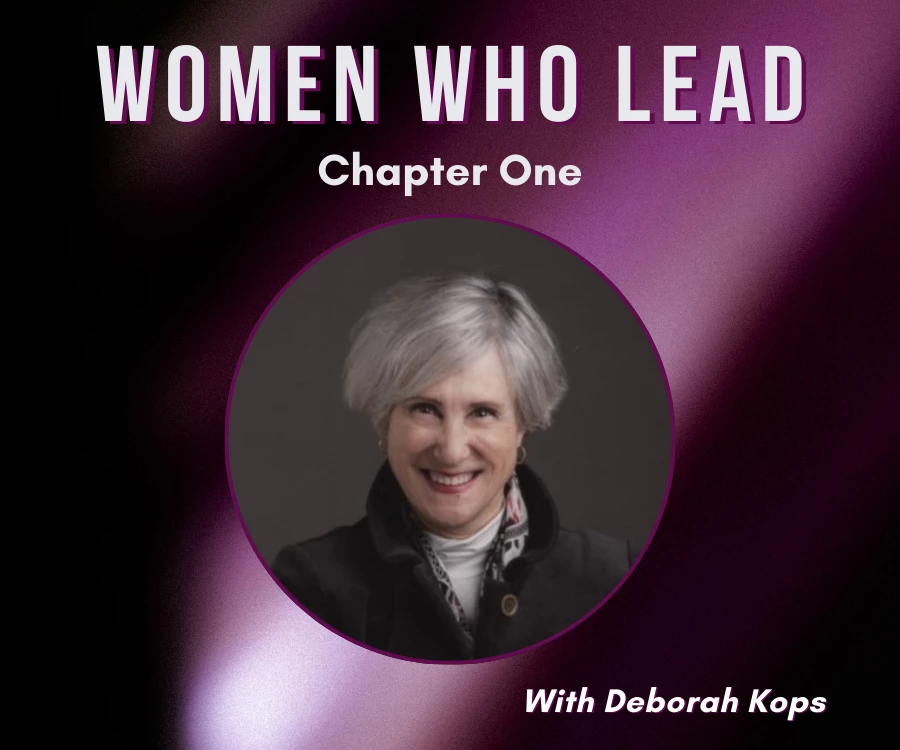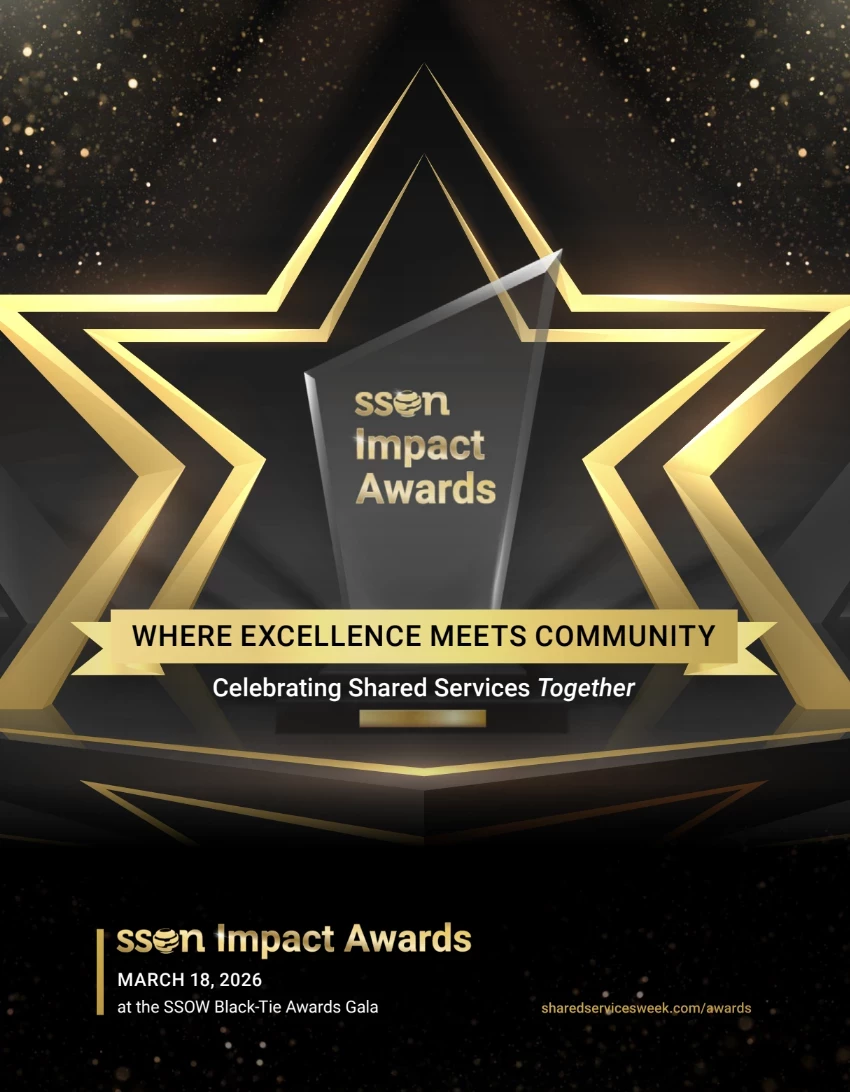
Here I conclude the first series of blog posts, that have focused on running an internal consulting practice within a GBS organization. It is a longer post than usual, as I answer questions asked in response to previous posts (thank you for the engagement) and draw conclusions about this particular ‘edge of GBS’ practice.
Questions and answers
Why have an internal consulting team?
My three top reasons for developing an internal consulting team:
- To reduce external costs. We had a considerable spend on external consultants. Much of that work could be done for a lower cost by an internal team.
- To build and sustain internal capability. With consistent demand levels, it is possible to afford to build reusable capacity. Often, there is no logical home within a corporation for professional project-based people. For example, I outlined earlier how we scaled our PMO and process excellence teams to support an S/4HANA implementation. This created a strong capability that could be used elsewhere.
- To supplement the rest of GBS. Our consulting organization was flexible and could be deployed into various situations, extending the role of GBS, bringing other GBS teams into the work, and helping GBS colleagues to be more effective on major programs.
What type of work is best done internally?
The answer to this question depends on the context – especially the available skills, seniority, and team maturity. One approach shared by Jason Pereira, the current leader of the team, is to look at the data from the past two years and ask two questions:
- For what type of work has the organization hired external consultants in the past?
- What is the track record of implementing the recommendations?
The answer to these questions will help point to the types of work that could be internalized. Work where it is important to have legacy knowledge of the company, or which is repeatedly extended, is probably good for internalizing. Work that requires external insights, should probably continue to use external consultants.
I would only want to do work with an internal team where we had:
- Assessed that we could do it at least as well as external options for a reduced cost
- Thought through how to do the work – in consulting, this includes being deliberate about the skills, methods, and tools that you need to succeed. For example, in our case we built a sister team specifically for PMO activities, with a standard set of processes and systems, managed as a product.
- Understood the demand – we would look for sustainable demand levels, with multiple potential groups as potential customers. There were several occasions where we assessed demand and found just one group, in which case we would decline.
- Hired or built the necessary team.
Here are examples of the types of work that might be appropriate for internal delivery, assuming that the above preconditions are met, and delivery with external support:

The ‘edge’ of the internal consulting capability that I led was major operating model and organization design work. A sub-set of our leaders had the skills to lead such projects, working in collaboration with specialists from HR. If we did not have the necessary seniority and experience in our management team, it would have been difficult to deliver credibly.
In my opinion, it is good to have external support as well as internal capability. The ideal situation would be to routinely collaborate with external companies on projects. To do this well, both the internal and external teams would need to approach the collaboration in the right way. An old colleague, Michael Kurr, reminded me of an example of this collaboration from shared experience, where we became involved in a “strategy project to map out the details of a go-to-market strategy for the brand-new Car-T Cell Therapy”. He shared that “the openness of the external consultants to build such a hybrid team was outstanding, and it helped us to start with critical, internal capability development, which was re-used quite a bit on the back of that project”.
You might wonder why external consultancies would work in such a hybrid model. Some companies did not like it, seeing it as a threat and loss of revenue. Others took to it naturally, bringing a partnering mindset to achieve a shared goal. Michael shares, “A hybrid model is a great opportunity for external companies to demonstrate commitment to the shared goal. Mid- to long-term, it will pay off for them, even if they lose a bit in the short-term.” From my perspective, those collaborative projects were always the most fulfilling to work on, and those consultancies were the ones I would go back to.
How independent of the in-house politics is this internal consulting team, and can it be viewed as a fully unbiased consultant? (Aleksander Jaskowiak)
This is a great question from Aleks, that points to one of the risks of relying on an internal consulting team.
In most cases this does not become an issue. A well well-managed team of consultants will find ways to give honest and direct advice. Consultants guard the integrity of their work jealously; although it is necessary to make the conditions right for independent challenge and feedback. One technique we used was to replicate the ‘quality partner’ role from external consultancies, by having two leaders on each engagement – one on delivery and one more independent, with accountability to listen to feedback and deliver difficult messages.
There are, however, a few situations where there is a risk that the reporting line of the consulting team into GBS and within the company might became an issue. For example, imagine the consulting team is working for a business unit leader and:
- Discovers poor delivery and/or controls in GBS
- Needs to push a position that is unpopular with GBS leadership
- Requires the provision of challenging feedback to the consulting leader’s boss
- The work is so significant, that there is insufficient seniority in the consulting organization to credibly be the quality partner on the work.
In these situations, the internal model may be weakened. The approach to manage these risks is to be aware of potential conflicts of interest, talk about them, and, if needed, use coaching and external support to help overcome them.
My experience with internal consulting teams is that they struggle with decision rights and are not invested in delivering outcomes. How do you fix that? (Deborah Kops)
Deborah’s points relate partly to Aleks’s about independence.
Regarding the delivery of outcomes. As I outline in response to Aleks, I agree that there can be a problem in raising direct challenges to internal thinking, especially where there is a mismatch in seniority between the business and consulting colleagues. There are no magic solutions, I share four points.
- As the internal team subscribes to the purpose of the company, they work to make sure that their outcomes are useful in practice. In my experience an internal team would prefer to deliver a working change than a PowerPoint proposing a change.
- We prioritized finishing things. I already shared how we would write an annual review with short case studies of projects and value. We did this for marketing; as an opt-in service, our future work depended on our ability to demonstrate past success. It was also to get the team focused on their value stories; getting them used to framing their outcomes in business terms. It was a good exercise that continues today as an organizational habit.
- An internal team is around for the long term. The team will work to deliver to the deadline but is less likely to put in the extreme hours that you might see at the end of an external consulting project. Even if they go ‘off the clock’ on a particular project, the team is still in the organization, and can be pulled in to ask for advice or follow-up.
- Our internal consulting teams cost about half of the equivalent for external teams. If additional effort were needed to finish a deliverable or achieve an outcome, some of the resulting savings could be used to fill the gap.
Regarding decision rights. Our teams would typically not decide the big things. For all our solutions (not just consulting), we were careful to define the scope so that we did not make business decisions but instead delivered decision support. We worked from a ‘modest position’, where we would inform, support, and serve business decision-makers but would not step into their role.
That general positioning held true for consulting. Would external consultants ever make decisions for their clients? When I think of my own external consulting career, I was expected to have an opinion and to share it freely, I would recommend and warn of risks, but I don’t think I ever decided for a client.
Practically, of course, the team must be free to act. For example, you would expect:
- A project manager to direct the team and decide the agenda for steercos – but on behalf of the accountable business leader
- A change manager to design an engagement framework – but agree it with the steerco
- A process excellence consultant to make process improvements – but under the approval of a global process owner
- A project team member to vote in a software selection process – but probably not as the sole decider.
In other words, decisions are taken all the time, but the material decision rights remain with the sponsoring person, as it would if they were working with external consultants.
Psychological safety – this is sometimes hard/impossible to achieve if the environment doesn’t allow for it and if it is actually not safe. (Michael Kurr)
Another good point, this time from Michael Kurr. He made this point after I wrote about creating a psychologically safe environment in the post about culture. I agree with the sentiment. There are limits to what you can do in a single team if the overall environment is not safe. I share three thoughts:
- Make it safe in your team by talking about it and working on it. In our team, we did specific work, including leader-led discussions, team-led initiatives, and externally facilitated sessions, as part of our culture-building journey. To really feel safe, people need to see that actual behaviors match the rhetoric, and when they do not, see action taken. Perfection is impossible, but what made me proudest was when people were prepared to speak up openly and vulnerably when they experienced wrong behavior.
- Invest in expectation setting when you start new engagements. You cannot change the company culture, but you can influence the treatment of your team by colleagues. One mistake I made early on was to not spend enough time setting expectations about what would be possible when we started new work. Colleagues with a 20th Century mindset, might incorrectly expect consultants to do what they are told, work long hours, and turn things around overnight. My experience is that consultants will be flexible, but only where necessary. Key is to be proactive and have the team’s back where it goes wrong.
- Make it safe to celebrate failure. The best way to do this as a leader is to role model vulnerability and show that it is OK to admit mistakes. In our team, we had some fun with what are politely called ‘Muck-up Nights’, as well as making a virtue out of sharing lessons learned when things did not go right.
How would you say your internal consulting team differentiated itself from a Center of Expertize? (Simon Brown)
There can be many types of CoE (even the E could be excellence vs expertize), and our team could be described as a CoE – it certainly had expert people deployed from a central team. Some similarities:
- There was a common competence and culture for the excellent delivery of project-based work using consulting techniques
- The people were deployed onto prioritized business-sponsored projects
- The people had one or more specialities which they used across assignments – e.g., change management, integration and separation, launch, experience design
- The leadership of the team are the company’s experts in the function of consulting, process management, and PMO. They set the standards for doing that work and are in some cases also involved in the hiring of external consulting support.
A few points where the team might not fit a classic definition of a CoE:
- As outlined above, we were not deciders. Instead, we were project managers, designers, and facilitators, working in support of business leaders.
- The team was multi-faceted, working on various topics, across different business teams. One team may work in process excellence in R&D, another might support IT in a divestiture, and another might lead to change management work in HR or sales.
- The team was funded by cross-charging using cost rates that financed the whole team based on service usage.
Closing thoughts
Would I do this again? YES! We were able to save money, add value to the company, and support good careers for the team, in a way that was sustainable. We found good talent, but we had to work hard to build the processes and culture to motivate and retain them. Once we had ourselves organized and were clear on our culture aspiration, experienced consultants were keen to join and progress with us.
Would I recommend building it inside a GBS organization? Yes, it is an appropriate place. For the GBS organization itself it leads to benefits; a consulting organization can enhance the capabilities of the other GBS domains and provide a ‘tip of a spear’ to send into ambiguous situations. However before agreeing to build in a GBS, I would ask two questions:
- Is there a better place to build the team? If the demand is primarily in one unit it may be better to host the team there, to reduce internal cross-billing. In our case our demand was spread evenly across five or six major internal units, so housing it in GBS made sense.
- Are executive leadership and GBS leadership clear that a consulting organization is different from many other functions? I have given a flavor of some of the things that we had to do that were different from other GBS domains. This requires an acceptance by leadership that there will need to be some new processes, possibly some higher cost people, and almost certainly some additional travel than they are used to seeing.
What advice is there for someone thinking about adding consulting to their GBS organization?
- Be deliberate in the development of your offerings and invest in testing the internal market. Consultants are adaptive and can generally do most things that come along. However, delivery excellence, and therefore true competitiveness with external alternatives, comes from doing the same thing multiple times and thinking about how best to do it. Most of what we built we were able to operate at scale, but there were a few things that ended up being niche and not as scalable as we had thought (e.g., agile consulting), and it was not always possible to tell this at the beginning. With our time again, we would have done more testing of demand before building.
- Set a limit to the size of the internal consulting organization. We always operated with a cap on our numbers and wanted to leave the company wanting more. In a big company there will always be a restructuring event around the corner, so resource scarcity is good. In our case it allowed us to keep the work that we were doing important to the company.
- Invest in the senior team early in the process. The leadership team sets much of the tone of a consulting team, and they are critical to enable the team to do the most complex jobs, so it is good to have them in place early. With our time again, we would:
- Invest recruit to get the senior team in post earlier
- Hire a few industry experts to build credibility with key colleagues
- Monitor and performance manage the leadership team, to ensure the right fit to the desired 21st Century culture.
- Get the career path and employee value proposition set up at the beginning. Career development is a constant challenge. A consulting team will be relatively young, and once in post for 24-36 months, many look for a move. The career development framework needs to include a pathway into the rest of the business. Our leadership team recommended having talent discussions (HR to HR or Leader to Leader) with business teams early on, so that when the time is right, senior people transition into senior roles elsewhere, opening the door for more junior team members to grow in the team.
If the conditions are right for success, you could build a high-quality consulting organization within your GBS team and increase the value that you can add to your colleagues.
That concludes this first series of posts on internal consulting. I hope you enjoyed them.
In the next series I will discuss the approach of building business solutions across the value chain of the company. Consulting can be one of those solutions, but other areas such as business insights, data management, technical events, and compliance, can also benefit from the structured, operational thinking of a GBS organization.
Tim Palmer, Basel, July 2023
tim.palmer.gbs@gmail.com


































